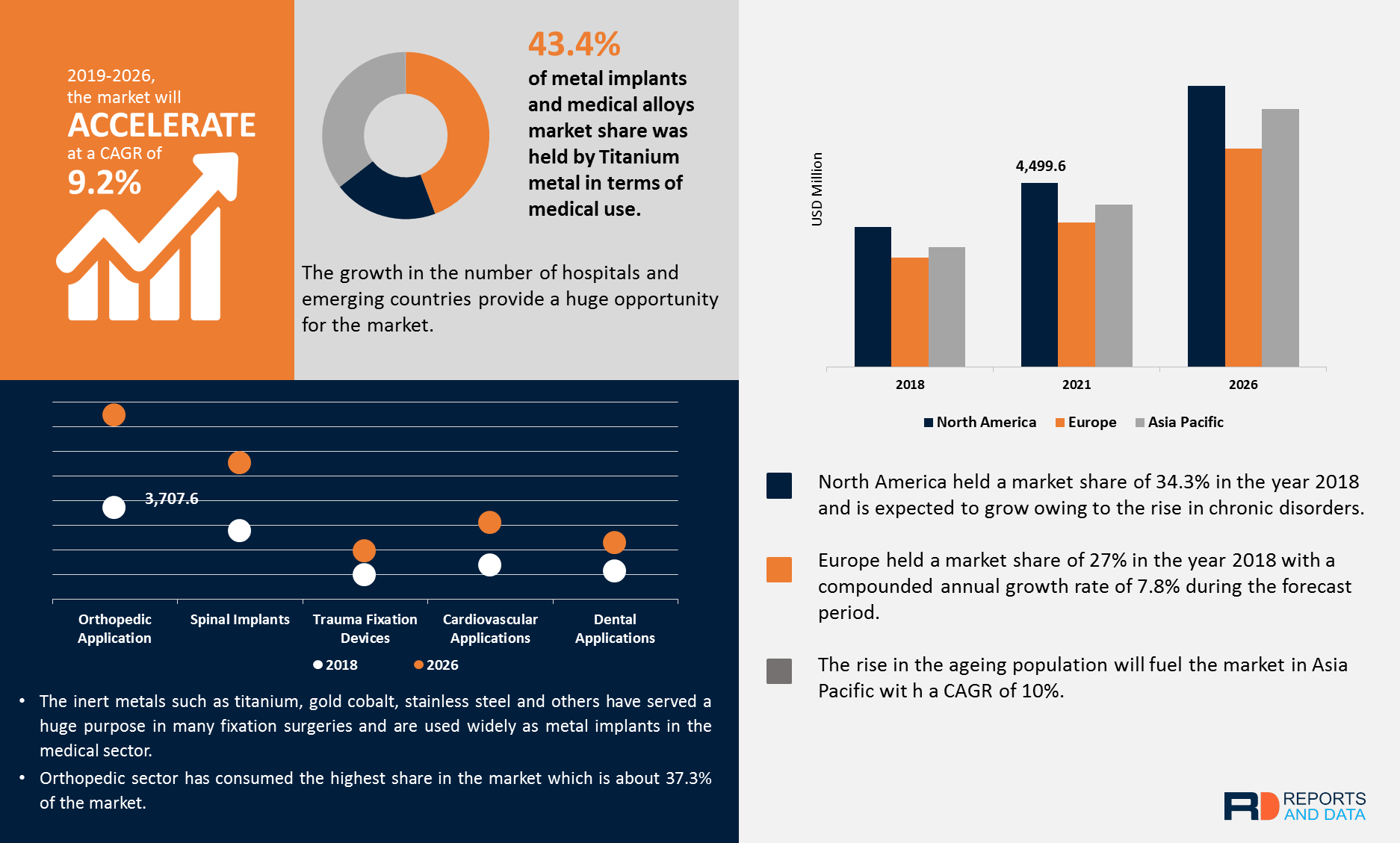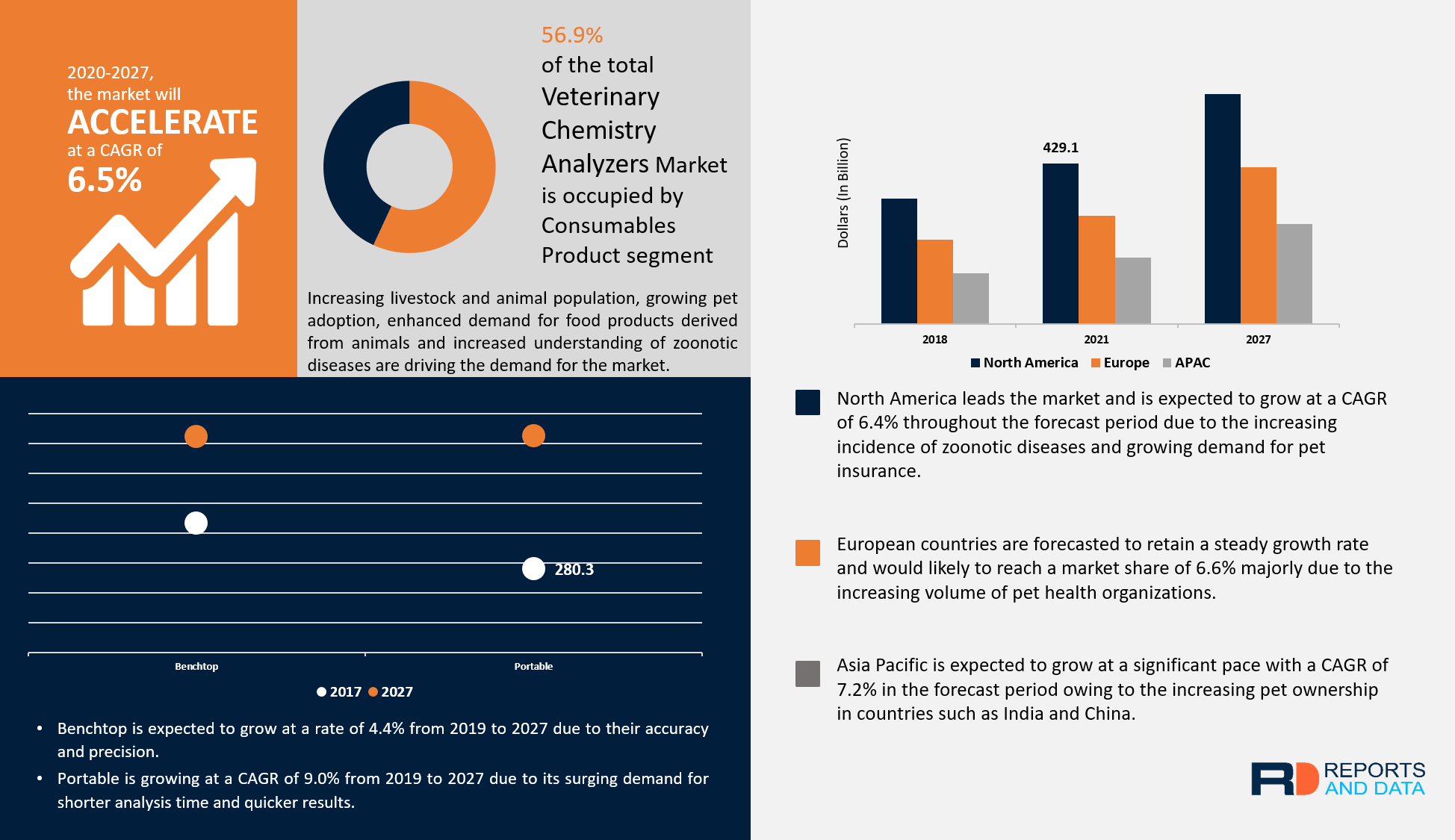What Is a Digital Twin? A Beginner’s Guide to the Virtual World
The term "digital twin" has emerged as a buzzword in recent years, signifying a transformative technology with far-reaching implications across various industries. At its core, a digital twin is a virtual replica of a physical object, process, or system. This digital representation is not static; it's a dynamic, living model that is updated in real-time with data from its physical counterpart. Think of it as a high-fidelity mirror reflecting the current state and behavior of something in the real world. This concept is revolutionizing how we design, operate, and maintain complex systems, offering unprecedented insights and capabilities.
The Genesis and Evolution of the Digital Twin
The idea of a digital twin isn't entirely new, tracing its roots back to early simulations and modeling techniques. However, the modern concept gained prominence through the work of Dr. Michael Grieves at the University of Michigan in 2002, initially referring to it as the "conceptual ideal of the PLM (Product Lifecycle Management) digital twin." The proliferation of sensors, the Internet of Things (IoT), and advancements in computing power have been crucial catalysts in bringing this concept to fruition. What was once a theoretical framework is now a practical tool, enabling sophisticated analysis and predictive capabilities that were previously unimaginable.
Building the Digital Twin: A Symphony of Technologies
Creating a robust digital twin involves a complex interplay of various technologies. Data collection is paramount, relying heavily on sensors embedded within the physical asset or system. This data, which can include performance metrics, environmental conditions, and operational status, is then transmitted and processed. Cloud computing provides the necessary infrastructure for storing and analyzing this vast amount of data. Modeling and simulation software are used to build the virtual replica and run various scenarios, while artificial intelligence and machine learning algorithms are employed to extract insights, predict future behavior, and optimize performance.
Real-World Applications Across Diverse Sectors
The applications of digital twins are incredibly diverse, spanning numerous industries. In manufacturing, they are used for predictive maintenance, optimizing production processes, and simulating new factory layouts. In healthcare, digital twins of organs or even entire patients can aid in diagnosis, treatment planning, and drug development. Smart cities leverage digital twins to manage traffic flow, optimize energy consumption, and improve public services. Even in agriculture, digital twins are being used to monitor crop health and optimize irrigation strategies. The potential use cases are seemingly endless.
The Benefits of Embracing the Digital Twin
Adopting digital twin technology offers a multitude of benefits. One of the most significant is improved decision-making. By providing a real-time, comprehensive view of a system, digital twins enable informed and proactive decisions. They facilitate predictive maintenance, reducing downtime and maintenance costs. Optimization of operations leads to increased efficiency and reduced resource consumption. Furthermore, digital twins allow for safe and cost-effective testing of new designs, processes, and scenarios in a virtual environment before implementation in the physical world, mitigating risks.
Challenges and Considerations in Implementation
While the benefits are compelling, implementing digital twin technology is not without its challenges. Data security and privacy are paramount concerns, as sensitive operational and personal data is often involved. The cost of implementing the necessary infrastructure, including sensors, cloud computing, and software, can be substantial. Ensuring interoperability between different systems and data sources is also crucial. Furthermore, organizations need to have the necessary expertise and skills to manage and utilize digital twins effectively. Careful planning and a phased approach are essential for successful implementation.
The Future Landscape: What's Next for Digital Twins?
The evolution of digital twin technology is far from over. We can expect to see even more sophisticated models, incorporating higher levels of detail and complexity. The integration of augmented reality (AR) and virtual reality (VR) will enhance the visualization and interaction with digital twins. The development of "digital twin of twins," where multiple digital twins are connected and interact, will enable the modeling of even larger and more complex ecosystems. As technology continues to advance, the capabilities and applications of digital twins will undoubtedly expand, further transforming industries and our interaction with the physical world.
Source: https://www.marketresearchfuture.com/reports/digital-twin-market-4504
The term "digital twin" has emerged as a buzzword in recent years, signifying a transformative technology with far-reaching implications across various industries. At its core, a digital twin is a virtual replica of a physical object, process, or system. This digital representation is not static; it's a dynamic, living model that is updated in real-time with data from its physical counterpart. Think of it as a high-fidelity mirror reflecting the current state and behavior of something in the real world. This concept is revolutionizing how we design, operate, and maintain complex systems, offering unprecedented insights and capabilities.
The Genesis and Evolution of the Digital Twin
The idea of a digital twin isn't entirely new, tracing its roots back to early simulations and modeling techniques. However, the modern concept gained prominence through the work of Dr. Michael Grieves at the University of Michigan in 2002, initially referring to it as the "conceptual ideal of the PLM (Product Lifecycle Management) digital twin." The proliferation of sensors, the Internet of Things (IoT), and advancements in computing power have been crucial catalysts in bringing this concept to fruition. What was once a theoretical framework is now a practical tool, enabling sophisticated analysis and predictive capabilities that were previously unimaginable.
Building the Digital Twin: A Symphony of Technologies
Creating a robust digital twin involves a complex interplay of various technologies. Data collection is paramount, relying heavily on sensors embedded within the physical asset or system. This data, which can include performance metrics, environmental conditions, and operational status, is then transmitted and processed. Cloud computing provides the necessary infrastructure for storing and analyzing this vast amount of data. Modeling and simulation software are used to build the virtual replica and run various scenarios, while artificial intelligence and machine learning algorithms are employed to extract insights, predict future behavior, and optimize performance.
Real-World Applications Across Diverse Sectors
The applications of digital twins are incredibly diverse, spanning numerous industries. In manufacturing, they are used for predictive maintenance, optimizing production processes, and simulating new factory layouts. In healthcare, digital twins of organs or even entire patients can aid in diagnosis, treatment planning, and drug development. Smart cities leverage digital twins to manage traffic flow, optimize energy consumption, and improve public services. Even in agriculture, digital twins are being used to monitor crop health and optimize irrigation strategies. The potential use cases are seemingly endless.
The Benefits of Embracing the Digital Twin
Adopting digital twin technology offers a multitude of benefits. One of the most significant is improved decision-making. By providing a real-time, comprehensive view of a system, digital twins enable informed and proactive decisions. They facilitate predictive maintenance, reducing downtime and maintenance costs. Optimization of operations leads to increased efficiency and reduced resource consumption. Furthermore, digital twins allow for safe and cost-effective testing of new designs, processes, and scenarios in a virtual environment before implementation in the physical world, mitigating risks.
Challenges and Considerations in Implementation
While the benefits are compelling, implementing digital twin technology is not without its challenges. Data security and privacy are paramount concerns, as sensitive operational and personal data is often involved. The cost of implementing the necessary infrastructure, including sensors, cloud computing, and software, can be substantial. Ensuring interoperability between different systems and data sources is also crucial. Furthermore, organizations need to have the necessary expertise and skills to manage and utilize digital twins effectively. Careful planning and a phased approach are essential for successful implementation.
The Future Landscape: What's Next for Digital Twins?
The evolution of digital twin technology is far from over. We can expect to see even more sophisticated models, incorporating higher levels of detail and complexity. The integration of augmented reality (AR) and virtual reality (VR) will enhance the visualization and interaction with digital twins. The development of "digital twin of twins," where multiple digital twins are connected and interact, will enable the modeling of even larger and more complex ecosystems. As technology continues to advance, the capabilities and applications of digital twins will undoubtedly expand, further transforming industries and our interaction with the physical world.
Source: https://www.marketresearchfuture.com/reports/digital-twin-market-4504
What Is a Digital Twin? A Beginner’s Guide to the Virtual World
The term "digital twin" has emerged as a buzzword in recent years, signifying a transformative technology with far-reaching implications across various industries. At its core, a digital twin is a virtual replica of a physical object, process, or system. This digital representation is not static; it's a dynamic, living model that is updated in real-time with data from its physical counterpart. Think of it as a high-fidelity mirror reflecting the current state and behavior of something in the real world. This concept is revolutionizing how we design, operate, and maintain complex systems, offering unprecedented insights and capabilities.
The Genesis and Evolution of the Digital Twin
The idea of a digital twin isn't entirely new, tracing its roots back to early simulations and modeling techniques. However, the modern concept gained prominence through the work of Dr. Michael Grieves at the University of Michigan in 2002, initially referring to it as the "conceptual ideal of the PLM (Product Lifecycle Management) digital twin." The proliferation of sensors, the Internet of Things (IoT), and advancements in computing power have been crucial catalysts in bringing this concept to fruition. What was once a theoretical framework is now a practical tool, enabling sophisticated analysis and predictive capabilities that were previously unimaginable.
Building the Digital Twin: A Symphony of Technologies
Creating a robust digital twin involves a complex interplay of various technologies. Data collection is paramount, relying heavily on sensors embedded within the physical asset or system. This data, which can include performance metrics, environmental conditions, and operational status, is then transmitted and processed. Cloud computing provides the necessary infrastructure for storing and analyzing this vast amount of data. Modeling and simulation software are used to build the virtual replica and run various scenarios, while artificial intelligence and machine learning algorithms are employed to extract insights, predict future behavior, and optimize performance.
Real-World Applications Across Diverse Sectors
The applications of digital twins are incredibly diverse, spanning numerous industries. In manufacturing, they are used for predictive maintenance, optimizing production processes, and simulating new factory layouts. In healthcare, digital twins of organs or even entire patients can aid in diagnosis, treatment planning, and drug development. Smart cities leverage digital twins to manage traffic flow, optimize energy consumption, and improve public services. Even in agriculture, digital twins are being used to monitor crop health and optimize irrigation strategies. The potential use cases are seemingly endless.
The Benefits of Embracing the Digital Twin
Adopting digital twin technology offers a multitude of benefits. One of the most significant is improved decision-making. By providing a real-time, comprehensive view of a system, digital twins enable informed and proactive decisions. They facilitate predictive maintenance, reducing downtime and maintenance costs. Optimization of operations leads to increased efficiency and reduced resource consumption. Furthermore, digital twins allow for safe and cost-effective testing of new designs, processes, and scenarios in a virtual environment before implementation in the physical world, mitigating risks.
Challenges and Considerations in Implementation
While the benefits are compelling, implementing digital twin technology is not without its challenges. Data security and privacy are paramount concerns, as sensitive operational and personal data is often involved. The cost of implementing the necessary infrastructure, including sensors, cloud computing, and software, can be substantial. Ensuring interoperability between different systems and data sources is also crucial. Furthermore, organizations need to have the necessary expertise and skills to manage and utilize digital twins effectively. Careful planning and a phased approach are essential for successful implementation.
The Future Landscape: What's Next for Digital Twins?
The evolution of digital twin technology is far from over. We can expect to see even more sophisticated models, incorporating higher levels of detail and complexity. The integration of augmented reality (AR) and virtual reality (VR) will enhance the visualization and interaction with digital twins. The development of "digital twin of twins," where multiple digital twins are connected and interact, will enable the modeling of even larger and more complex ecosystems. As technology continues to advance, the capabilities and applications of digital twins will undoubtedly expand, further transforming industries and our interaction with the physical world.
Source: https://www.marketresearchfuture.com/reports/digital-twin-market-4504
0 Commentaires
0 Parts
8KB Vue
0 Aperçu






